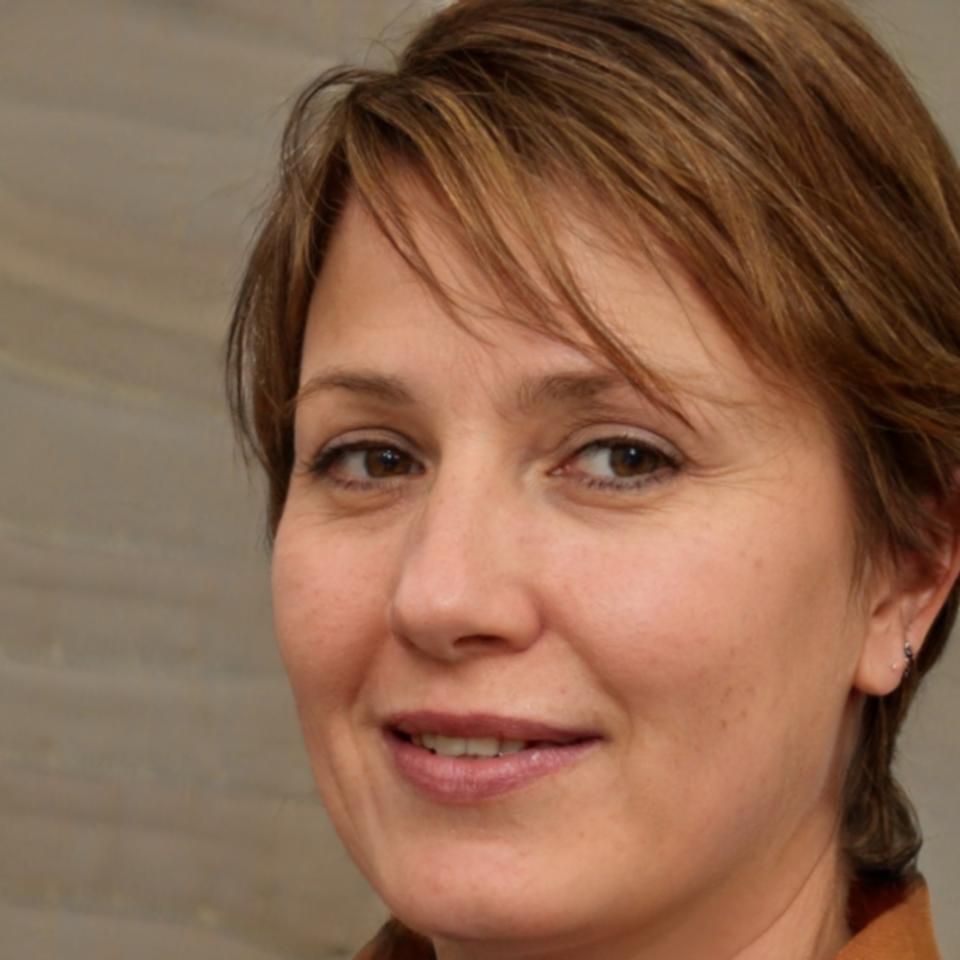Building Characters That Move Beyond Pixels
We started in 2018 with a simple observation. Most mobile game animation training taught software buttons and technical steps. But nobody was teaching how to create motion that actually made players feel something.
That gap bothered us. So we built something different—a place where animators learn to think like game designers and storytellers, not just technicians clicking through tutorials.

What We Actually Stand For
These aren't marketing slogans we came up with last week. They're principles that shape how we teach, how we interact with students, and what kind of work we encourage people to create.
Context Over Technique
Sure, we teach software. But more importantly, we teach when to use a bounce versus a snap, why timing changes character personality, and how animation choices affect player engagement. The technical stuff is just the vehicle.
Real Projects, Real Feedback
We don't believe in grading animation on some rubric. Instead, you create work that mirrors actual studio briefs, and we give feedback like a lead animator would—specific, actionable, and focused on making the piece work better.
Industry Connection
Our instructors actively work in mobile game studios across Taiwan and Southeast Asia. When they teach rigging for a character swap system, it's because they built one last month, not because it's in chapter seven of some textbook.


How We Approach Teaching Animation
Most programs either go too technical or too artistic. We think both approaches miss the point. Mobile game animation lives in this interesting space where performance constraints meet player psychology.
Studio Simulation Environment
From September 2025, our flagship program runs like a small studio. You get briefs with actual constraints—file size limits, poly count restrictions, platform requirements. Then you solve the creative problem within those boundaries, just like you would in a production environment.
Performance-First Animation
Beautiful animation that tanks frame rate isn't beautiful—it's unusable. We teach you to think about draw calls, alpha blending, and bone hierarchies from day one. Not because we're technical purists, but because your work needs to actually ship.
Iterative Review Cycles
You don't submit work for a grade. You share work in progress, get feedback, revise, share again. It's messy and sometimes frustrating, but it's how actual animation production works. Better to learn that process here than in your first studio job.
Learning With Others, Not Alone
Individual skill matters. But so does knowing how to work with other disciplines, take direction, and contribute to a shared vision. Our programs are structured around collaborative work because that's what game development actually is.
Cross-Discipline Projects
You'll collaborate with UI designers and technical artists in our advanced modules. These partnerships can be awkward at first, but they teach you to communicate about animation in ways non-animators understand.
Peer Review Sessions
Every two weeks, you present work to your cohort and articulate your creative choices. Learning to defend your decisions and accept critique gracefully might be more valuable than any technical skill.
Studio Guest Critiques
Several times during the program, working animators from local studios join our review sessions. They bring current production perspectives and often spot issues that come from real shipping experience.
Shared Resource Library
Students contribute to and use a growing library of rigs, reference clips, and technical solutions. It's a small thing, but it builds this habit of sharing knowledge rather than hoarding it.

Who Runs This Place
Small team, diverse backgrounds, shared belief that animation education could be more connected to actual industry practice. We're not trying to be a big institution—we like the scale where we can know every student's work.

Lyra Finchwood
Lead Instructor & Program Director
Lyra spent eight years animating for mobile RPGs before getting frustrated enough with junior animator skills that she decided to do something about it. She's opinionated about easing curves, believes most character idle animations are too busy, and has a weird obsession with optimizing blend trees.
Before teaching, she worked on three games that actually shipped—two that did okay, one that didn't. That last failure taught her more about animation than the successes ever did. She brings that earned perspective to how we structure projects and give feedback.
Outside of work, she's usually hiking or trying to convince her cat that 6am is not an appropriate breakfast time.
See What We're Building
Our next cohort begins in October 2025. If this approach to learning animation sounds like what you've been looking for, take a look at the program structure and see if it fits what you need.
View Learning Programs